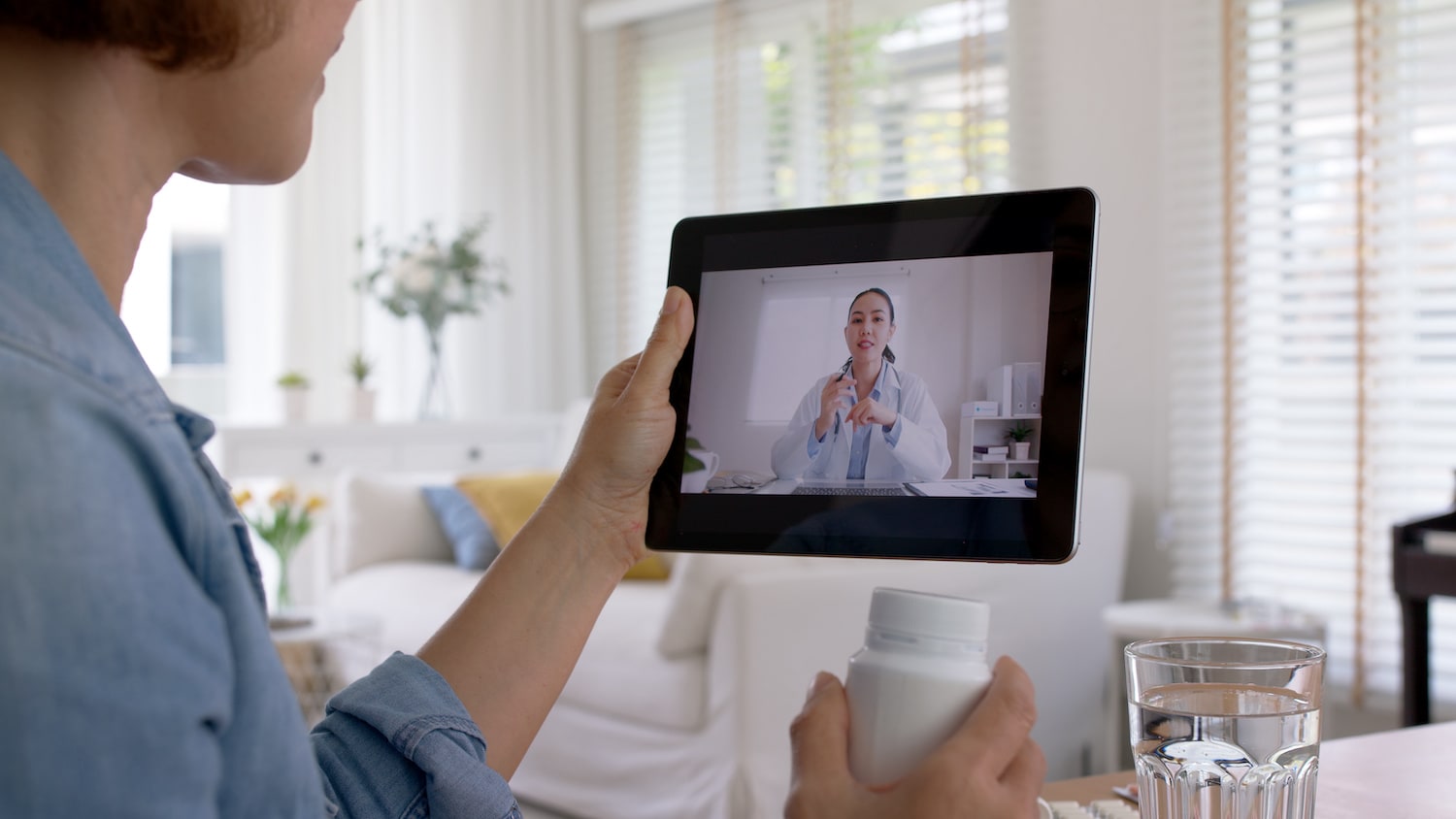It seems people are always looking for alternatives to standard, everyday practices to try something different and out of the ordinary—health care is no different.
The benefits of alternative primary care include:
- Getting more personalized care
- Feeling in control of your health care
- Getting treatments that work
- Finding more holistic therapies to feel better
The concept of alternative primary care is becoming popular as people search for ways to improve their health. Today we’ll explore the pros and cons of alternative primary care and help you decide if it’s the right choice.
Table of Contents
What Is Primary Care, and Why Is It Important?
If someone is just entering the health system or has something they want to be checked out, they may see a primary care physician. Primary care is most often given via a general practitioner and is anything not considered specialty care.
Primary care is essential to keeping people healthy. It’s also the first line of defense against more serious health problems. When people have a regular primary care provider, they are more likely to receive preventive services, like screenings and vaccines, which can help keep them from getting sick in the first place.
People with a regular primary care provider are also more likely to get timely treatment for health problems when they do occur. This can help prevent minor health problems from becoming more serious.
However, for people who see a doctor regularly, traditional primary care may not work for you. For people tired of being rushed out the door, seeing a different doctor every time, or just feeling like a number in the crowd: alternative primary care is the answer to a better, more customized care experience.
What Is Alternative Primary Care? (Pros and Cons)
Alternative primary care replaces the mainstream approach to primary care. It allows patients to get more specialized care and a fully curated experience. There are many pros to utilizing alternative primary care, including:
- More attentive physicians
- More accessible options (virtual, on-demand, etc.)
- Personalized treatment plans vs. one-size-fits-all approach
- Options to pay out of pocket vs. going through insurance
- Finding therapies that finally help your condition
- Feeling your concerns heard
- Having a bit more control over your care vs. in a primary care clinic
- Choosing more holistic methods of care
There can be some drawbacks to this type of care as well. These include:
- May not be covered by insurance
- Can be more expensive out-of-pocket
- Long wait times for appointments
- Fewer convenient locations
- Can’t bring the whole family at once (people with kids will often make all their appointments at one time)
Alternative primary care is an excellent option for people who are tired of run-of-the-mill care and want a more personalized experience. They can find physicians who will listen to them and create a treatment plan that works specifically for them. Patients often feel like they have more control over their health when receiving care from an alternative provider.
People considering alternative primary care should evaluate their needs to decide if this type of care is right for them. This was a brief overview of alternative primary care, but what options are there for alternative primary care? Let’s dive in.
Types of Alternative Primary Care for Individuals Who Want a Change
Finding new ways to innovate and improve primary care is vital to ensuring patients get the care and attention that works best for them. Often that is going with an alternative option to a traditional primary care provider. Here are some alternative examples to primary care that can further pinpoint where and how someone receives health care.
Urgent Care
This type of care is for people who have an injury or illness that needs to be seen immediately but is not life-threatening. This can include broken bones, the flu, or a bad cut. But it can also be utilized when you’re sick or have a minor concern.
Urgent care is covered by insurance and can be a quick and easy way to get care for something that would require waiting for an appointment with your primary care doctor. Urgent care can also get you the labs and meds you need at a moment’s notice without having to schedule it out or have to head to another facility. The convenience of urgent care is a massive benefit to those looking for more rapid results.
Benefits of Urgent Care:
- Fast and easy
- No waiting for an appointment
- Convenient hours
- More locations
- Affordable through insurance
- Rapid results
Direct Pay Primary Care
This type of care is for people who have a chronic condition and want to see the same doctor every time. With this option, you pay a set fee each month and get all your care from that provider. This can include visits, labs, prescriptions, etc. This also helps keep the patient pool smaller, which means more time dedicated to individuals for more seamless care.
Direct pay primary care is not covered by insurance. Still, it is often more affordable because the physicians have cut overhead for not having to deal with insurance. It is important to note that some do not charge a monthly fee— they raise the costs overall but remain affordable without insurance.
Benefits of Direct Pay Primary Care:
- No insurance necessary
- More affordable overall than traditional care
- Consistent physicians for a better experience
- Convenient locations
- Small patient pool
- On-site lab results
Concierge Care
Concierge care is very similar to direct pay, but a few differences compare the two. First, concierge care is considered membership medicine.
The cost of concierge care has a wide range, depending on location, type of care, and whether it’s a monthly or annual fee. For example, the annual cost could be anywhere from $1,000 to $10,000, but the average is between $1,500 and $2,500. This fee helps pay for care, facilities, and services not covered by insurance.
Benefits of Concierge Care:
- No insurance necessary
- Better access to physicians (24/7/365)
- VIP treatment
- Hassle-free care
- Improved continuity of care
- A wide range of services under one roof
- No lobby wait times
- More convenient coordination of care
- Easier access to specialty physicians
100% Virtual Primary Care
We’ve seen a massive shift towards virtual health care or telehealth in recent years. It’s convenient, very accessible, and allows patients to get even faster care for minor issues like illness, viral infections, skin issues, etc.
Virtual primary care is often covered by insurance, but you may not always have control over the provider you get. It may be dictated by who is available at the time because apps like Doctor on Demand or Sesame Care will pull from an extensive collection of providers throughout your state.
This type of care is vital to keeping people safe and prevents their location or physical ability to get somewhere from dictating the quality of care they receive. This makes it easy for anyone to get the care they deserve.
Other benefits of virtual primary care include:
- You can see a doctor from anywhere
- You don’t have to take time off work
- It’s convenient and easy to use
- Can be used for a wide variety of issues
- Cuts down on wait times
- Many providers to choose from in some cases
Care for Yourself by Choosing Alternative Primary Care
These are just a few examples of alternative primary care that can be utilized by people looking for better, more convenient, and higher quality options for care. At Pops Diabetes, we’ve emphasized alternative methods of treating and managing Diabetes that have innovated how people can live their lives.
We consider our Pops Rebel + Mina blood glucose monitoring system to be an alternative form of primary diabetes care. No longer do people have to wait for results from their doctor, manually track data, or go through the trouble of adjusting their medication via a physical appointment with their doctor.
On-the-go diabetes care that automatically tracks symptoms, levels, and data and gives real-time results has completely changed how we see and treat diabetes. For more information on alternative methods for managing your diabetes, reach out to us today!










